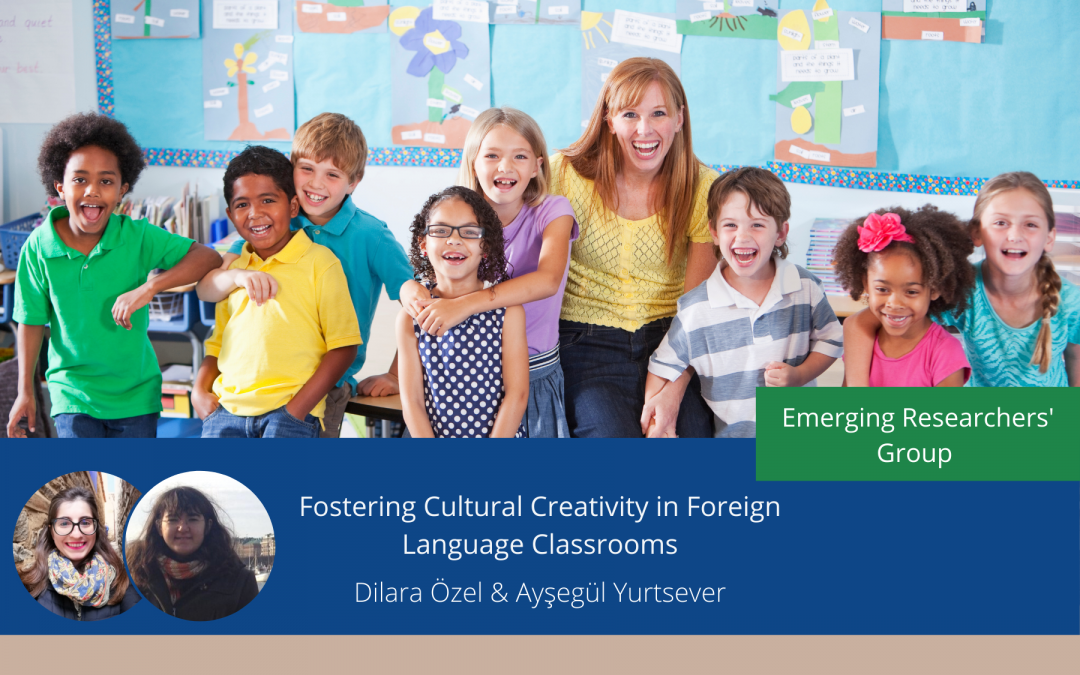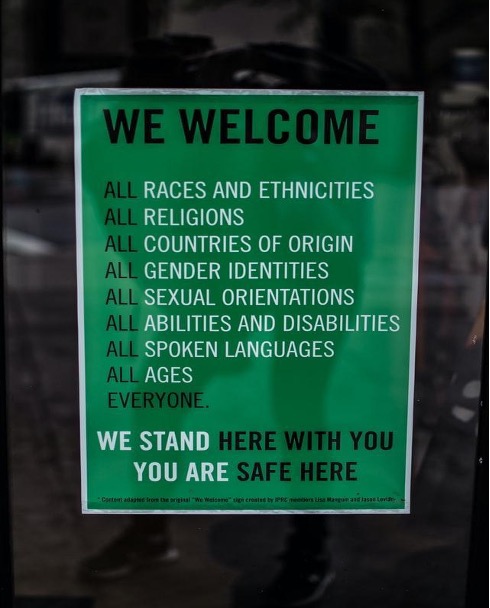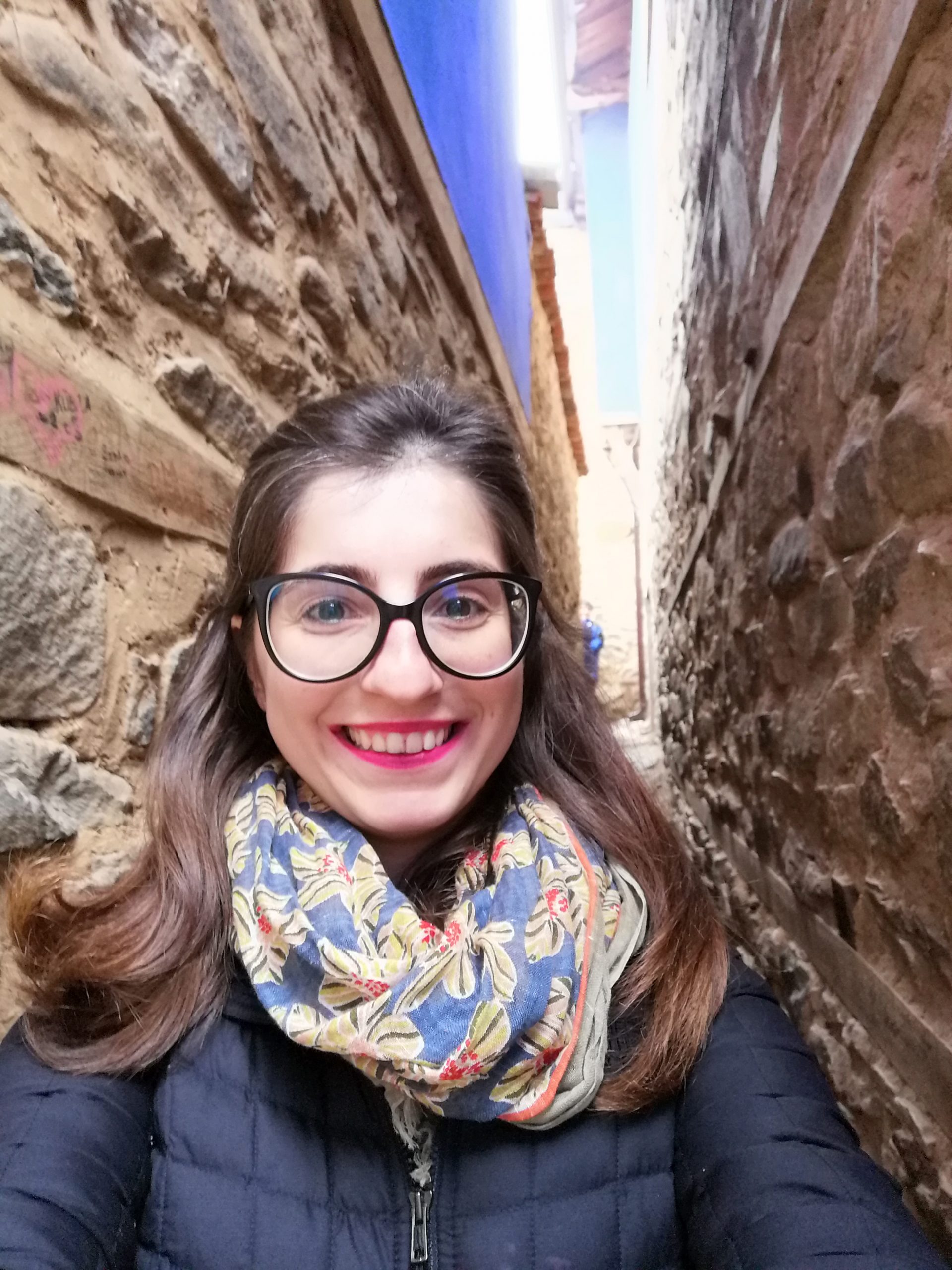
Fostering Cultural Creativity in Foreign Language Classrooms
As language is one of the prominent ways in which people express their cultures, language classrooms cannot be isolated from the teaching of cultures. In addition to four basic skills of language, which are listening, speaking, writing, and reading, culture is suggested to be regarded as the fifth skill of language classroom (Kramsch, 1993). Culture can be defined as concepts carrying historical roots represented through symbols, characters, or interactions in the daily lives of people (Geertz, 1973).
Culture comes from the Latin word colere, meaning to cultivate, which implies developing and pursuing common goals. It entails being a part of a group that shares a mutual past, collective thinking, and a language (Kramsch, 1998).
Using language activities to help student develop a multicultural understanding
 While the main emphasis of the language lesson is generally on the culture of the target language, providing a perspective through students’ own culture helps them to develop multicultural understanding. When the students recognize and evaluate the values of their own culture and the target culture, they can better adapt to cultural differences and do not have a sense of intimidation or alienation (Byram, Lloyd & Schneider, 1995; Byram, Holmes & Savvides, 2013).
While the main emphasis of the language lesson is generally on the culture of the target language, providing a perspective through students’ own culture helps them to develop multicultural understanding. When the students recognize and evaluate the values of their own culture and the target culture, they can better adapt to cultural differences and do not have a sense of intimidation or alienation (Byram, Lloyd & Schneider, 1995; Byram, Holmes & Savvides, 2013).
UNESCO (2017) highlights culture as one of the key steps to consider while developing textbooks and materials. Knowing the culture helps the learner gain perspective and better communicate out of the classroom context. However, developing cultural awareness is not a task that can be handled quickly through a few activities, books, or exercises when limited exposure to language is taken into consideration during foreign language learning. Cultural diversity needs to be represented through content, images, depictions of genders, races, and religions. If teachers design materials themselves, they need to pay attention to such inclusive elements.
Using digital tools in foreign language lessons to improve cultural awareness

Increasing use of digital media positively affects learning about culture in language classrooms as students can work on the target language while practising their 21st-century skills. Language classrooms may not always have a multicultural structure if the students come from the same background. By integrating multimedia and web tools in the classroom, learners can reach out to peers from different countries, share their experiences in practising the language and overcome some of the challenges they face while learning. Interactions through social networking platforms, emails, web 2.0 tools, recordings, and video conferences with target language speakers are among contemporary ways to improve cultural awareness and connection (Murray & Bolinger, 2001;Wu, Marek & Chen, 2013).
Teachers can help the students get to know the culture and provide a network to make them witness a culturally diverse setting. Teachers should pave the way for creating a harmonious classroom, as is indicated in the photo above, welcoming all races, ethnicities, religions, gender identities, sexual orientations, abilities, and disabilities.
Practical tips for teachers to promote cultural diversity in foreign language classrooms
Nowadays, language teachers try to focus more on communicative techniques and blend them with process and product-based instructions (Richards, 2006). Projects, portfolios, learning journals, and collaborative works are popular in designing learner-centered lessons. While giving such assignments, teachers can encourage the use of authentic materials that represent different ways of life and communicative styles. Even if there is no access to technological resources, adapting lesson plans, curriculums, and materials to implement cultural teaching can be a good solution.
In addition to using coursebooks or teacher-made instructional materials, integrating different teaching resources allows student autonomy to have dynamic learning of culture in language classrooms.
Here are 12 simple ways of familiarizing students with cultures and fostering cultural creativity:
- greeting each other in various languages in the morning
- reading about or bringing realia like food, clothing, crafts or any kind of daily objects from different cultures
- playing music from other cultures and doing some dictation activities with lyrics
- bringing in authentic materials like newspaper or magazine articles, posters about the lesson topic of the week and creating a bulletin board in the classroom or a page on portfolio websites
- encouraging students to display learning journals, diaries or making posters out of them to display on the bulletin boards or portfolio websites
- inviting or video conferencing with a native speaker or a target language speaker who also has proficient knowledge about the culture
- communicating online with penpals from the target culture
- introducing and practising cultural etiquettes
- practising non-verbal cues like facial expressions or gestures from the target culture
- writing collaborative online blogs, recording podcasts or videos about cultural elements
- celebrating the special days or festivals of target cultures along with the ones in local culture to embrace diversity and awareness
- organizing a cultural day in which students introduce concepts or materials from the target cultures
Teachers often want to focus on teaching culture, but they may not know how to implement the cultural content in the lessons or may experience other constraints like lack of material, time, or planning (Castro, Sercu & Méndez García, 2004; Young & Sachdev, 2011). Taking simple steps to engage in activities like the ones suggested above can help boost interest in cultural topics and raise cultural awareness. Such a positive classroom atmosphere and the dynamic between students and teachers promote cultural awareness for improved interaction.
Other blog posts on similar topics:

Dilara Özel
PhD Student and Research Assistant at Middle East Technical University (METU) in Ankara, Turkey
Dilara Özel is a PhD student and also a research assistant in Guidance and Psychological Counseling program at Middle East Technical University (METU) in Ankara, Turkey. She received her master’s degree from the same department in METU with a master thesis titled An Examination of Needs and Issues at Refugee- Receiving Schools in Turkey from the Perspectives of School Counselors. She is an alumnus of the Faculty of Education Bachelor’s Program in Guidance and Psychological Counseling department at Boğaziçi University, İstanbul. She worked as a volunteer at several projects and trained in peace education, conflict resolution, and human rights. Then, she gave short training sessions on negotiation and mediation techniques. Dilara worked as a school counsellor at a private college with preschoolers. Her research interests are peace education, multicultural education and refugee studies.

Ayşegül Yurtsever
English teacher, Bursa, Turkey
Ayşegül Yurtsever is an English teacher in Bursa, Turkey. She completed her master’s degree in English Language Teaching from Hacettepe University in Ankara with a thesis titled A Teacher Inquiry into the Effects of Teacher’s Motivational Activities on Language Learners’ Classroom Motivation. She holds a B.A in ELT from Boğaziçi University, Istanbul. She previously worked as an assistant language teacher in Belgium. Her research interests include the psychology of language learning, self and group dynamics.
References
Byram, M., Holmes, P., & Savvides, N. (2013). Intercultural communicative competence in foreign language education: Questions of theory, practice and research. The Language Learning Journal, 41(3), 251-253. doi:10.1080/09571736.2013.83634
Byram, M., Lloyd, K., & Schneider, R. (1995). Defining and describing ‘cultural awareness’. The Language Learning Journal,12(1), 5-8. doi:10.1080/09571739585200321
Castro, P., Sercu, L., & Méndez García, M. C. (2004). Integrating language‐and‐culture teaching: An investigation of Spanish teachers’ perceptions of the objectives of foreign language education. Intercultural Education, 15(1), 91-104. doi:10.1080/1467598042000190013
Geertz, C. (1973). The Interpretation of cultures: Selected essays. New York: Basic Books.
Kramsch, C. (1993). Context and culture in language teaching. Oxford: Oxford University Press.
Kramsch, C. (1998). Language and culture. Oxford: Oxford University Press.
Murray, G. L., & Bollinger, D. J. (2001). Developing Cross-Cultural Awareness: Learning Through the Experiences of Others.TESL Canada Journal, 19(1), 62-72. doi:10.18806/tesl.v19i1.920
Wu, W. V., Marek, M., & Chen, N. (2013). Assessing cultural awareness and linguistic competency of EFL learners in a CMC-based active learning context. System, 41(3), 515-528. doi:10.1016/j.system.2013.05.004
Richards, J. C. (2006). Communicative language teaching today. New York: Cambridge University Press.
UNESCO. (2017). Making textbook content inclusive: A focus on religion, gender, and culture. Paris
Young, T. J., & Sachdev, I. (2011). Intercultural communicative competence: Exploring English language teachers’ beliefs and practices. Language Awareness, 20(2), 81-98. doi:10.1080/09658416.2010.540328
Further Reading
Byram, M. & Grundy, P. (eds.) (2002). Context and culture in language teaching and learning. Clevedon: Multilingual Matters
https://www.learningforjustice.org/
https://www.education.com/worksheets/community-cultures/
